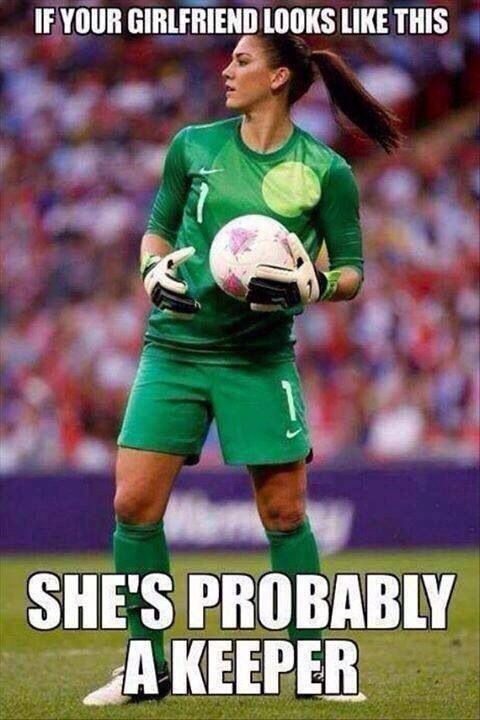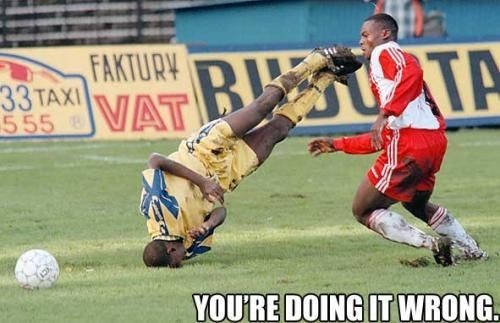How is stoppage time awarded in football?
When watching a game of football, perhaps for the first time, one thing you might notice is that time is added on at the end of each half. At the end of the 45-minute half, a referee will add on a set amount of time to help make up for any time lost during the game. But why? And how is the time worked out by the referee?
Unlike many other sports that stop the clock during a stoppage in play, football does not take this route. Instead, the match clock continues at all times and time is simply added on at the end of try and make up for any lost time. However, the methods used to try and determine how much time should be added on is often subjective and controversial.
Many times, it’s easy to find disagreement for or against the stoppage time that has been included. The time will be added on across various ways, but typically the referee will look to try and keep track of any kind of stoppage in the game. This could include things such as:
- Injuries, when a player requires a significant amount of time to be treated for injury.
- Serious fouls, such as a player striking out off the ball or making an outside-the-rules tackle.
- Disputed play or goals, when a goal has to be checked over for a potential foul or mistake.
- Crowd-based stoppages, such as someone running on the pitch and/or illicit chanting.
These factors all make it hard for a crowd to accurately gauge how much time a referee will add on to any given game. Try and keep this in mind when watching football as many times the amount of added on time might not correlate with what you had expected.
Like many other parts of football rulings and regulations, it’s subjective!
Jack Harrison
As a long-term loanee at Leeds United, Jack Harrison has become a key cog of the Marcelo Bielsa era. His continual return on loan shows that the Argentine rates him as one of his best players, and his consistently excellent form under Bielsa has gone some way to helping show off that commitment to the cause.
Without a doubt, Harrison offers one of the best offensive outlets in the Premier League. While a chance at Manchester City might never arrive, we’re sure the Englishman will always have a home in Yorkshire.
What makes Jack Harrison worth watching?
With 11 goals contributed to in the league so far this year, Harrison has clocked over 2,000 minutes and has performed well for much of the season. Capable of playing off both wings and also from the middle, Harrison offers a versatile attacking option who can flit around the pitch, finding space and opportunity where many other players might have otherwise failed.
His excellent passing is a big bonus, too; unlike many wingers, Harrison focuses on clipped pass esas opposed to booming crosses. He also does have a good killer pass from deep, too, often helping to help set overlapping teammates free.
Things to improve for Jack Harrison
His main weakness is definitely his lack of defensive aggression. Though markedly improved under Bielsa, Harrison has never really made the impression that he can track a runner or really burst a gut to get back into defensive shape. This might be the one thing that would stop him from getting regular gametime at the top of the Premier League.
Attacking flair is no problem, ye while Harrison works hard it would be fair to say that he struggles to really make a big impact on the game when Leeds lose the ball. If that was to be improved, he would be an even better player.


